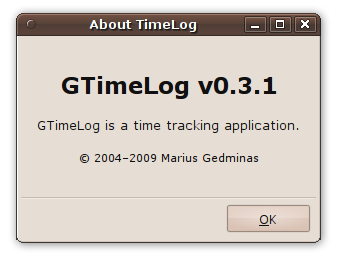Unix is an IDE. I do my
development (Python web apps mostly) with Vim
with a bunch of custom plugins, shell
(in GNOME Terminal: tabs rule!), GNU make, ctags, find + grep,
svn/bzr/hg/git.
The current working directory is my project configuration/state. I run
tests here (bin/test), I search for code here (vim -t TagName, find + grep), I
run applications here (make run or bin/appname). I can multitask
freely, for example, if I'm in the middle of typing an SVN commit message, I
can hit Ctrl+Shift+T, get a new terminal tab in the same working directory, and
look something up. No aliases/environment variables/symlinks. I can work on multiple projects at the
same time. I can work remotely (over ssh).
Gary Bernhardt's screencasts on
Vimeo show how productive you can get if you learn Vim and tailor it
to your needs. I have Vim scripts that let me
-
See the name of the class and function that I'm editing in the statusbar,
even if the class/function definition is offscreen:
pythonhelper.vim.
-
See all pyflakes warnings and errors in a list as soon as I press F2 to
save the file: python_check_syntax.vim.
-
Add a "from foo.bar import Something" line at the top of the file if I
press F5 when my cursor is on Something, looking up the package and module
from ctags: python-imports.vim.
-
Switch between production code and unit tests with a single key if the
project uses one of several conventions for tests (e.g. ./foo.py
<-> ./tests/test_foo.py):
py-test-switcher.vim.
-
Generate a command line for running one particular unit test (the one
my cursor is inside) and copy it into the system clipboard, so I can
run that test by Alt-Tabbing into my terminal window and pasting.
py-test-runner.vim.
-
Open the right file and move the cursor to the right line if I
triple-click a line of traceback in a shell (or an email) then press F7 in
my gvim window:
py-test-locator.vim.
-
Compare my version of the code with the pristine version in source control
in an interactive side-by-side diff that lets me revert bits I no longer
want:
vcscommand.vim.
-
Highlight which lines of the source are covered by my tests, if I have
coverage information in trace.py format:
py-coverage-highlight.vim.
-
Show the signature of a function/class's __init__ when I type the name
of that class/function and an open parenthesis (looked up from tags):
py-function-signature.vim.
-
Fold code into an outline so I only see names of methods or classes
instead of their full bodies:
vimrc, function PythonFoldLevel.
-
Fold diff files so I can see whole hunks/files and can delete those with
a single key (well, two keys -- dd). Useful for reviewing large
diffs (tens of thousands of lines):
vimrc, function DiffFoldLevel.
Some of these come from www.vim.org, some
I've written myself, some I've taken and modified a little bit to avoid an
irritating quirk or add a missing feature. Some things I don't have (and envy
Emacs or IDE users for having -- like an integrated debugger for Python apps,
and, generally, integration with other tools, running in the background).
It's been my plan for a long time to polish my plugins, release them
somewhere (github? bitbucket? launchpad?) and upload to vim.org, but as it
doesn't seem to be happening, I thought I'd at least put an svn
export of my ~/.vim on the web.
